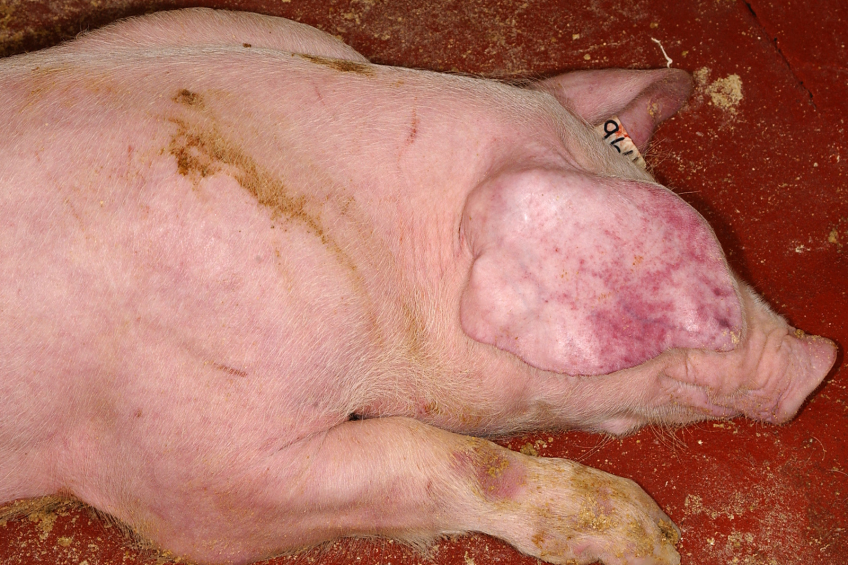No outbreaks but still an ASF viral presence. Why?

Sub-clinical, chronically infected or recovered pigs may be responsible for the persistence of the African Swine Fever virus in endemic areas.
That is one of the hypotheses put forward by an international group of researchers from the United Kingdom and the United States. The article was recently published in BMC Veterinary Research. The team wanted to know more about ASF virus epidemiology during a period when no outbreaks were reported.
Pigs in Kenya: low input
The situation in Kenya mattered most to them, they wrote. “Pig production in western Kenya is characterised by low-input, free-range systems practised by poor farmers keeping between 2 and 10 pigs.”
They added, “In western Kenya where this study was conducted pigs kept under a free-range system travel an average of 4 km every 12 hours whilst scavenging for food within a mean home range of 10,343 m2 (range 2,937-32,759 m2). This scavenging behaviour puts these pigs at risk of acquiring multiple infectious organisms, including ASFv from the environment, neighbouring domestic pigs, or wildlife reservoirs.”
Results: ASF virus found in over 30% of samples
In their article, the researchers described how 276 whole blood samples were analysed using 2 independent conventional and real time PCR assays to detect ASFv. Despite no recorded outbreak of clinical ASF during this time, virus was detected in 90 out of 277 samples analysed by conventional PCR and 142 out of 209 samples analysed by qPCR.
Genotyping of a sub-set of these samples indicated that the viruses associated with the positive samples were classified within genotype IX and that these strains were therefore genetically similar to the virus associated with the 2006/2007 ASF outbreaks in Kenya.
Also read: I have a vaccine against ASF.
Now what?
Relatively high numbers of pigs
The detection of ASFv viral DNA in a relatively high number of pigs delivered for slaughter during a period with no reported outbreaks provides support for 2 hypotheses, the researchers concluded. They added that the hypotheses are not mutually exclusive:
- that virus prevalence may be over-estimated by slaughter-slab sampling, relative to that prevailing in the wider pig population;
- that sub-clinical, chronically infected or recovered pigs may be responsible for persistence of the virus in endemic areas.
African Swine Fever (ASF) is caused by African Swine Fever virus (ASFv), a severe haemorrhagic disease of pigs.
The research was authored by Lian F. Thomas, William A. de Glanville and E. Anne J. Cook, University of Edinburgh, Scotland, UK and the International Livestock Research Institute (ILRI); Richard P. Bishop and Cynthia Onzere, ILRI; Michael T. Mcintosh and Karissa A. Lemire, Animal and Plant Health Inspection Services (APHIS), USA; E. Anne J. Cook and Eric M. Fèvre, University of Liverpool, UK and ILRI.











